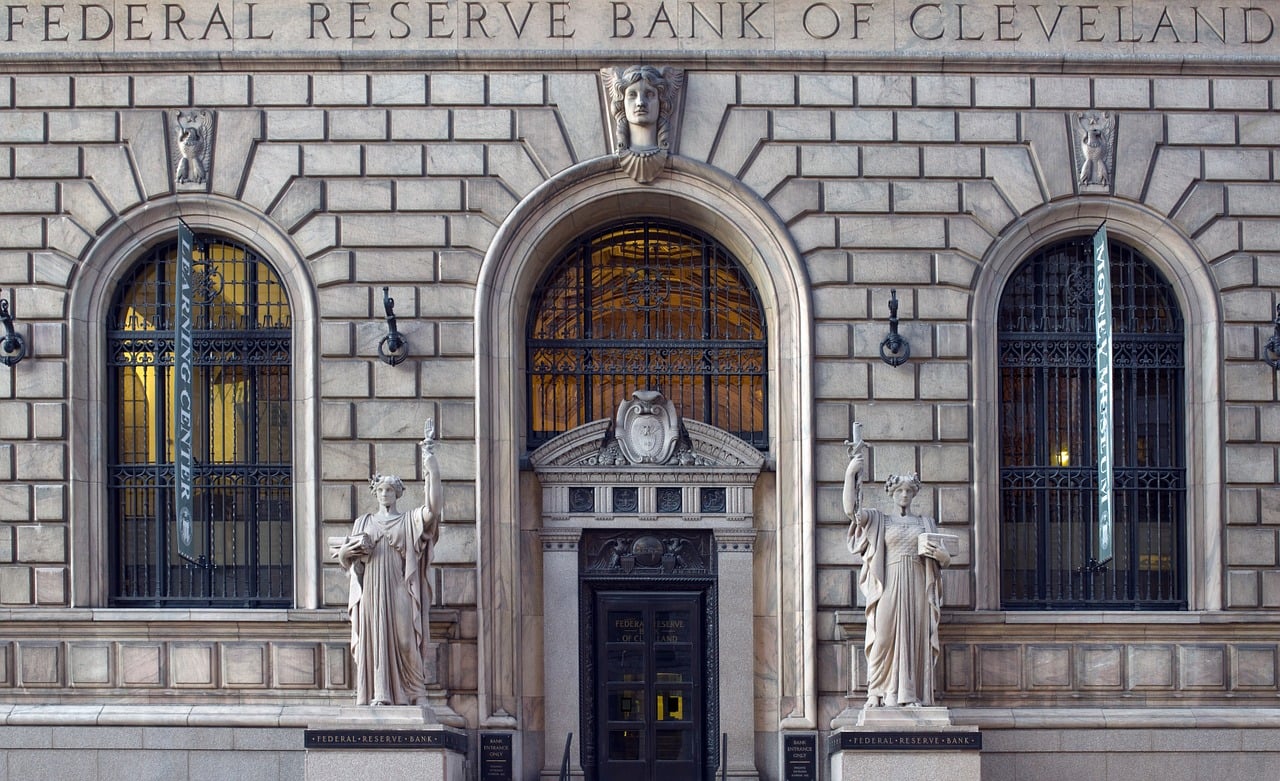Analysts are asking if the U.S. government and specifically the Federal Reserve Bank of San Francisco wants to be an eagle or an ostrich? Last week, the U.S. government sent two opposite messages regarding the pending risks that arise from climate change and lesser known biodiversity collapse.
On the one hand, last Monday, the U.S. government’s executive brand told the United Nations it is formally withdrawing from the Paris Agreement on climate change, which enables almost 200 nations globally to reduce their emissions. Under the Paris Agreement, the U.S. promised to decrease its emissions by between 26% and 28% and it is now halfway there, although U.S. emissions increased in 2018.
Q3 2019 hedge fund letters, conferences and more
Monetary policy on a heating planet
But on the other hand, U.S. monetary authorities at the Federal Reserve Bank of San Francisco hosted a heavily attended conference November 8 on The Economics of Climate Change. Mary C. Daly, President and CEO, Federal Reserve Bank of San Francisco, kicked off the conference saying “The Federal Reserve’s job is to promote a healthy, stable economy. This requires us to consider current and future risks – whether we have a direct influence on them or not. Climate change is one of those risks.” In the U.S. alone, 60% of the U.S. economy and 37% of U.S. greenhouse gas emissions, represented by 17 states and over 400 cities, have joined the U.S. Climate Alliance.
While the U.S. government is showing leadership by the Federal Reserve’s actions yet hiding its head in the sand by beginning the formal process to withdraw from the Paris Agreement, in the real economy, businesses and people are feeling economic pain from climate change. Just in 2018, the insured and uninsured losses in the U.S. alone from severe weather was a $100 billion.
Yet we need to step back and understand the clear and unequivocal link between the risks from climate change and biodiversity collapse. With the average global temperature difference in 2017, compared to pre-industrial levels, at 1°C and rising, scientists now forecast 5% of global biodiversity will become extinct under a 2°C scenario. And at a 4.3°C scenario, at least 1 out of 6 species globally will become extinct. In other words, of the 8 million species on Earth, 1 million species could become extinct within a couple of generations.
Federal Reserve Bank of San Francisco and climate change
In fact, biodiversity loss under climate change is more than species extinction, as these losses also include landscape-level changes. 75% and 66% of the terrestrial environment and marine environment respectively are already severely altered. Similarly, 85% of wetlands present in 1700 had been destroyed by 2000.
And from a public health perspective, with 70% of cancer drugs based on natural products or compounds, millions of people rely on nature-based healthcare solutions.
Our food systems are heavily stressed, too, with more than 90% of global fisheries in decline or overfished. Much of the fish we eat rely on coral reefs to spawn and we have lost 50% of total coral reefs since the 1870s. In Japan, which is a global wild-catch fishing leader, $134 billion dollars invested in 41 publicly traded companies are at financial risk from declining wild-catch fisheries. For the economists out there, seafood is in fact 2% of Japan’s imports and exports, right behind electronics and energy resources.
Finally, 68% of global forest loss has occurred since pre-industrial times and 25% of the world’s ice-free land is used for grazing.
As the Clash once sang, “Should I Stay or Should I go?” - so will the U.S. government be an eagle and demonstrate leadership or be an ostrich and hide its head in the sand?






